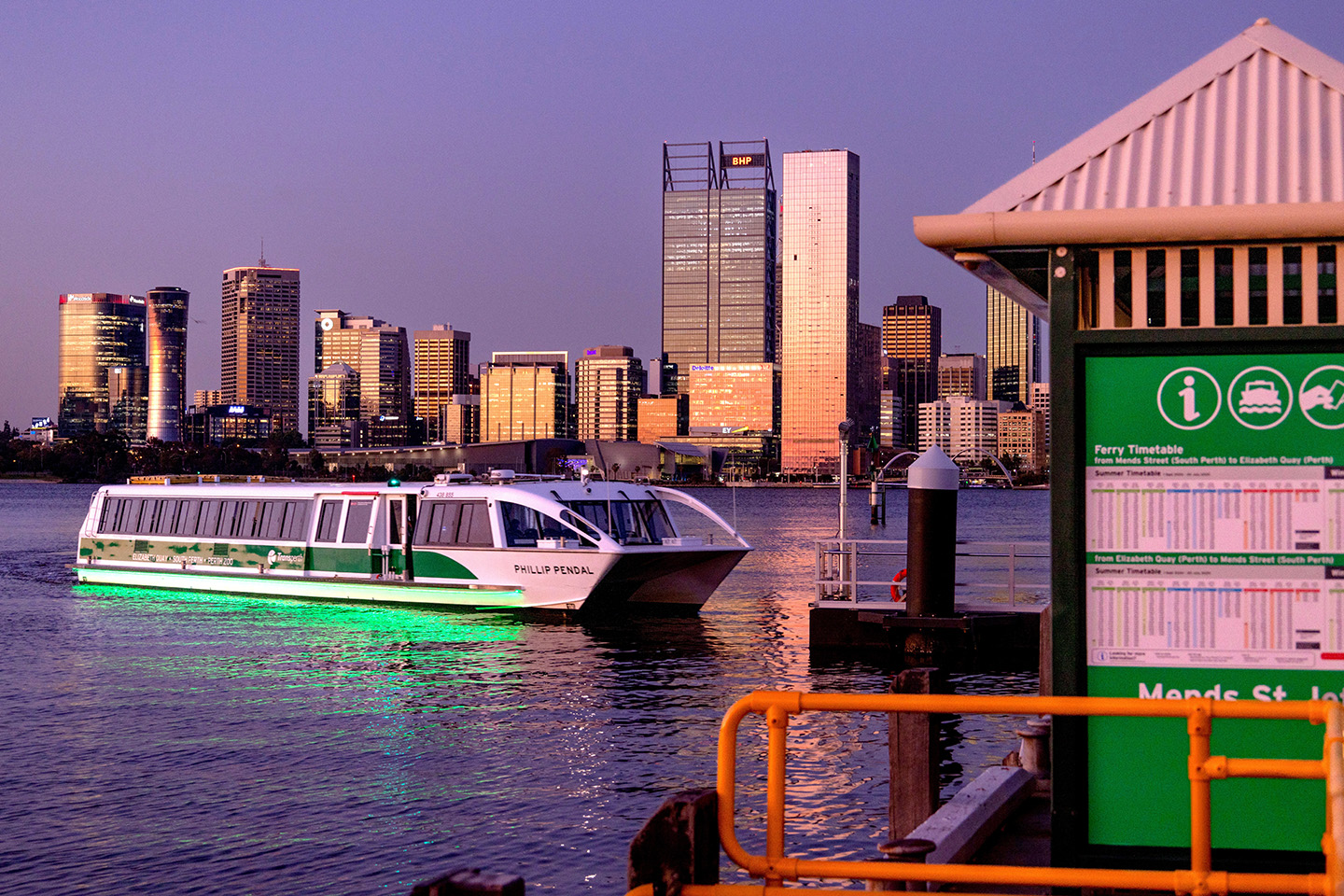India’s growth momentum remains strong and is set to deliver significantly higher numbers in the next fiscal year, driven by robust agricultural output and strong private consumption, according to Indermit Gill, Chief Economist and Senior Vice- President for Development Economics at the World Bank Group.
Despite recent quarterly growth estimates falling below expectations in the fiscal year’s first half — particularly in investment (on the demand side) and industry (on the supply side) — Gill highlighted these positive trends in an email interaction with businessline.
Asked if the World Bank would look to revise its India growth forecast in the wake of second quarter (July-September 2024) slowdown to 5.4 percent growth, Gill said the World Bank updates its forecast twice a year and that the next update is in April 2025. “These updates will take into account quarterly estimates, high frequency data and the policy environment in India and other major economies,” Gill said.
He was in the capital to address the second edition of the Global Economic Policy Forum 2024, jointly organised by Finance Ministry and Confederation of Indian Industry (CII).
In September this year, the World Bank had forecast a growth of 7 per cent for the Indian economy for the current fiscal year, upping its earlier estimate of 6.6 percent.
Global Growth
Asked about global growth prospects this calendar year and in 2025, Gill noted that World Bank was in the midst of updating its global economic forecasts and “so we’ll have fresh estimates in our Global Economic Prospects report coming out on January 14”.
“What I can tell you is the much-hoped-for “soft landing” for the global economy did materialize: We escaped a recession. Global growth stabilised in 2024 after slowing for several years. Our June forecast predicted growth of 2.6 per cent in 2024 and 2.7 per cent in 2025. But this is not good enough for progress on development. It’s slower than the average rate in the decade before Covid-19,” he said.
The 26 poorest economies have seen practically zero growth in per capita terms since 2015, he added.
Many middle-income countries are now coming to terms with a demographic shift that puts them at risk of becoming old before they become rich, Gill said.
Global prospects
Many high-income countries, meanwhile, risk stagnation because of sky-high debt of and slowing technological progress. Getting out of this slump will require a lot of hard work. “Our next global economic prospects report will outline how it can be done,” he said.
Put simply, a soft landing occurs when an economy slows down just enough to reduce inflation or overheating without tipping into a full-blown recession, which is a prolonged period of negative economic growth.
In this context, the “much-hoped-for” aspect reflects that many had anticipated or desired this outcome for global economy amid challenging economic conditions, and it ultimately came to pass.






Leave a Comment